

The Roosevelt and Vanderbilt historic sites in Hyde Park are on the top of many travelers' Hudson Valley bucket lists and itineraries, and since those popular sites are currently closed due to the ongoing government shutdown, here is a list of some other fascinating sites you can visit in Dutchess County that are guaranteed to slake your thirst for historical knowledge. Whether it's Gilded Age opulence you seek, or Revolutionary War heroics, or World War I air shows, there is plenty to see and do here in Dutchess County.
.jpg)
This Queen Anne-style mansion overlooking the Hudson River was built in 1852 as a two-story country home and remodeled and enlarged in 1888 to include its third floor and its distinctive five-story circular tower. The estate was named Wilderstein — "wild man’s stone" — in reference to a petroglyph which had been found on the property, likely created by the indigenous people who once lived there. Wilderstein was home to three generations of the Suckley family, including Margaret "Daisy" Suckley, who was a distant cousin and close confidante of Franklin Delano Roosevelt. Miss Suckley traveled extensively with FDR during his presidency, gave him his famous black Scottish terrier Fala, and helped to establish his presidential library in Hyde Park. She was with FDR when he died at Warm Springs, Georgia, in 1945. Wilderstein is open for guided tours from May 1–Oct. 31. Tours include the history of the family, the landscape, the exterior design and the first and second floors of the mansion. Group yours are available for up to 50 people by reservation.
.jpg)
An icon of Gilded Age elegance and extravagance, this Beaux-Arts mansion overlooking the Hudson was the country home of prominent financier Ogden Mills and his wife, Ruth Livingston Mills. It was originally constructed in 1832 as a 25-room Greek Revival home by Governor Morgan Lewis and his wife, Gertrude Livingston. That dwelling was inherited by Ruth Livingston Mills, and she and her husband commissioned the prestigious New York City architectural firm of McKim, Mead and White to remodel and enlarge it in 1895. After completion in 1896, the house had been transformed into a lavish mansion of 65 rooms and 14 bathrooms. Private tours and group tours of the home are available by reservation year-round (except for early November, when the home is being decorated for the holidays). There are also regularly scheduled "themed" tours which require tickets. Among them, the "Tales of the Titanic" tour is quite popular (the Mills family had tickets for the Titanic's return trip to Europe, a trip which, of course, never happened), as is the "Tea and Talk" series, where visitors enjoy tea and scones in the formal dining room of the mansion while listening to talks on Gilded Age history.
.jpg)
Enjoy breathtaking views from 212 feet above the Hudson River from this refurbished railway bridge, which stretches 1.26 miles across the river. The bridge opened in 1889 as the Poughkeepsie-Highland Railroad Bridge; at the time of its opening, it was the longest bridge in the world. In 1974, a fire that was likely started by a spark from a train’s brakes destroyed the tracks, and the bridge was never again used for railroad traffic. In 2009, the Walkway Over the Hudson State Historic Park re-opened as the world's longest elevated pedestrian bridge. It's ideal for walkers, joggers and cyclists. From the Poughkeepsie train station, it's a 15-minute walk to the stairs at Washington Street and a five-minute walk to Upper Landing Park on the waterfront, where you can ride the 21-story, ADA-compliant glass elevator up to the deck. The elevator is closed January to April; call ahead to check if the elevator is open. Plus, a wheelchair-accessible electric tram means everyone can experience the Walkway.
.jpg)
Discover the ruins of this Scottish-style castle on the Hudson River, which was built in the early 1900s by military surplus dealer Frank Bannerman. Enjoy a scenic boat ride from the Beacon dock (adjacent to the Beacon Metro-North train station) over to Pollepel Island aboard the Estuary Steward tour boat. Enjoy a guided or self-guided walking tour of the island; tours are held seasonally. Visit the famous Bannerman Castle ruins and gardens and explore the original Bannerman residence, which is now a museum. The island also hosts special events, including movie nights, musical concerts, and theatrical performances.
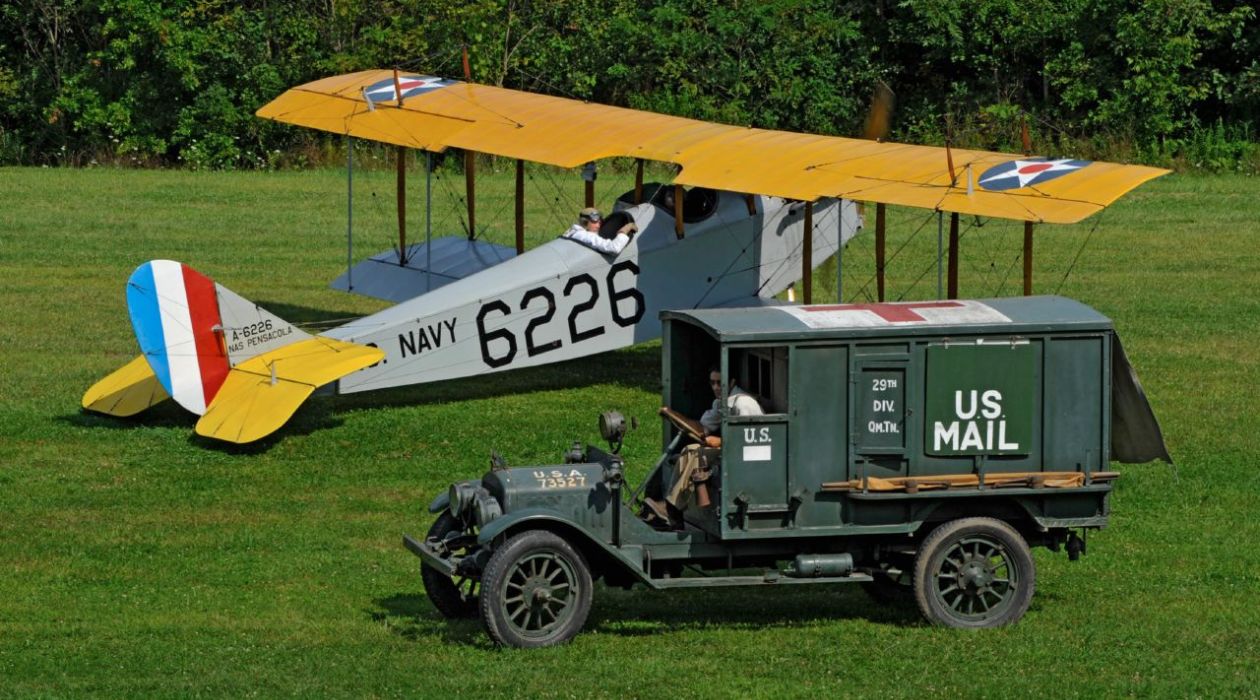
History comes alive at the Aerodrome, which hosts high-flying antique air shows every Saturday and Sunday from June through October The Saturday "History of Flight" program highlights the Pioneer Era before World War I and the Golden Age of Aviation in the 1920s and 30s. The Sunday air show is the World War I dog-fight spectacular, with a hero or heroine, the villainous Black Baron of Rhinebeck, scenery, pyrotechnics and a World War I tank, along with many old-time automobiles. There are usually between 15 and 20 flyable vintage aircraft for each show. Open-cockpit biplane rides — which offer stunning views of the Hudson River and the surrounding highlands — are available before and after the air shows.
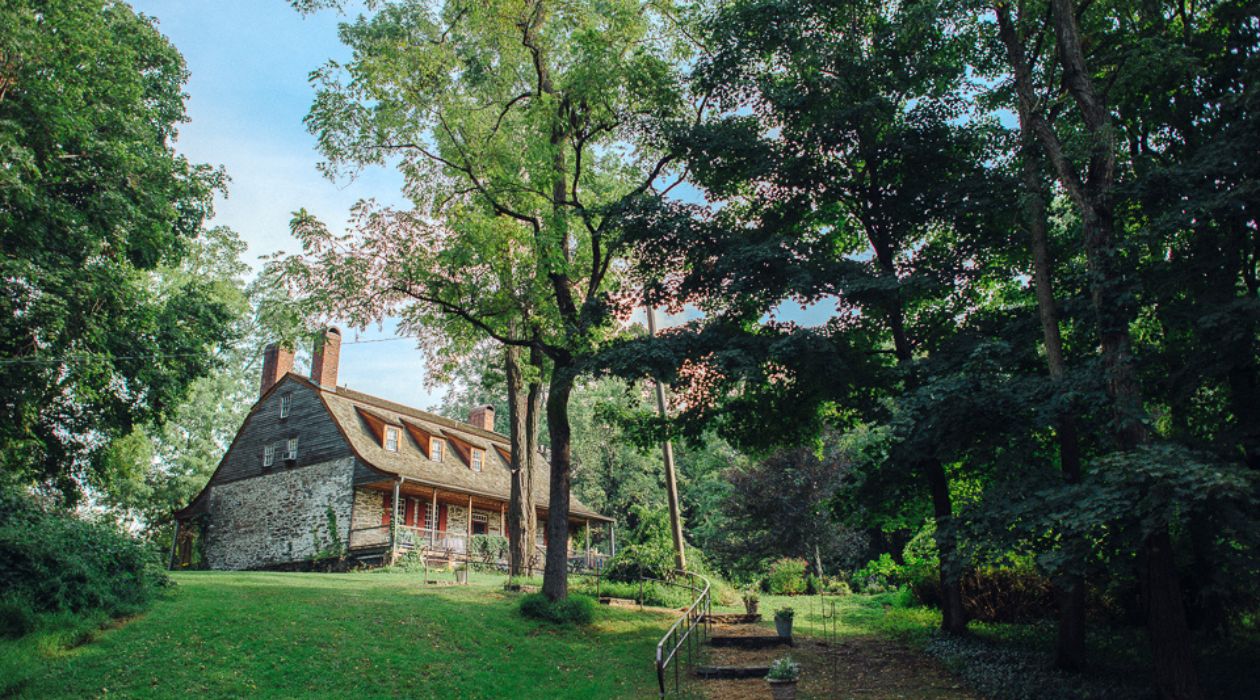
The history documented at Mount Gulian dates back to the ancestors of the Wappinger indigenous tribe who inhabited the land along the Mahikannituck (Hudson River). A guided tour of the historic site highlights the many fascinating people and events that have been linked through the centuries to Mount Gulian, where the Verplanck family built their homestead around 1730, and where Patriot General Friedrich Von Steuben set up his headquarters during the Revolutionary War and helped establish the Society of the Cincinnati, America's first veterans’ fraternal organization, shortly after the war. Visitors will learn the fascinating story of James F. Brown, an African American man who was born into slavery in Maryland, escaped to freedom in New York and was hired by the Verplanck family to work as a free man. Brown moved to Mount Gulian and, by 1829, was working as the estate’s master gardener, coachman, general laborer and most trusted property manager. For about the next 40 years, James kept a journal of everyday life, one of very few such accounts of life experienced by a Black person anywhere in America at that time (he somehow learned to read and write while still a slave in Maryland). This journal contains details about James’ daily chores, gardening, local news and weather, and even some favorite recipes. They also reveal his patriotic feelings toward the United States and his desire to vote in elections like other men — which he did for the first time in 1837, as is reported in his journal. James died in 1868 and is buried alongside wife, Julia, in the Beacon St. Luke’s Churchyard. James was working at Mount Gulian at the time that Robert Newlin Verplanck was born there. Robert was attending Harvard when the Civil War broke out, and after graduating, he reported to the Union Army and was trained to be a volunteer officer in the newly formed United States Colored Troops. Robert led his troops into battle against the Confederates in Virginia, and his letters home to his mother and sister dramatically recall the courage of the African American soldiers, as well as their struggle to find their rightful place in the military and in American society. Tours of Mount Gulian’s historic home, its 18th-century barn and its heritage garden are available seasonally. Advance reservations are preferred, but walk-ins are always welcome.
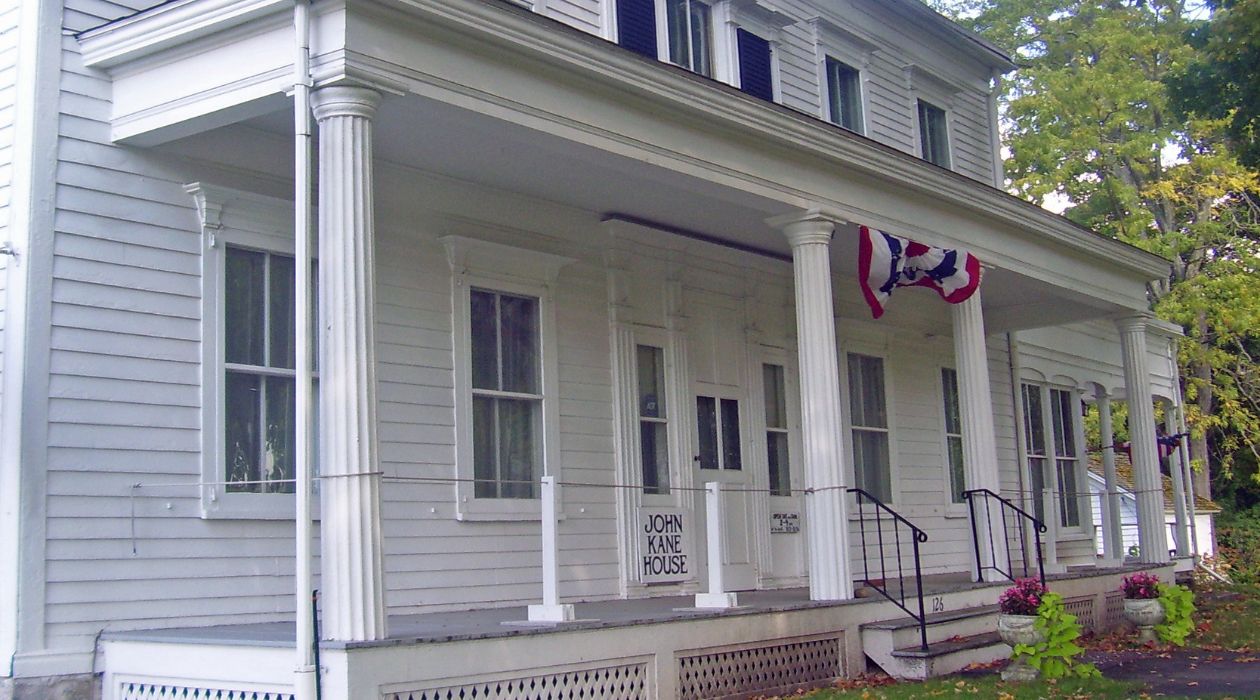
For three months in 1778, General George Washington based his military movements in Pawling and slept in the home of John and Sybil Kane. Today, the John Kane House is the Pawling Historical Society's main museum. Visitors can learn about the area's Indigenous cultures and European settlers; Washington's use of Pawling during the Revolutionary War; and the effect of the war upon the Pawling community. Visitors can also learn about the Anti-Rent Rebellion of 1765, which was an armed insurrection led by farmer William Prendergast against feudal property leases, and about Hudson Valley native John Lorimer Worden, a United States Navy Commander during the Civil War who guided the USS Monitor against the Confederates' CSS Virginia in the Battle of Hampton Roads, the first-ever engagement between ironclad steamships. The John Kane House is open Saturdays, 9 a.m.–1 p.m., from April through October, or by appointment year-round.
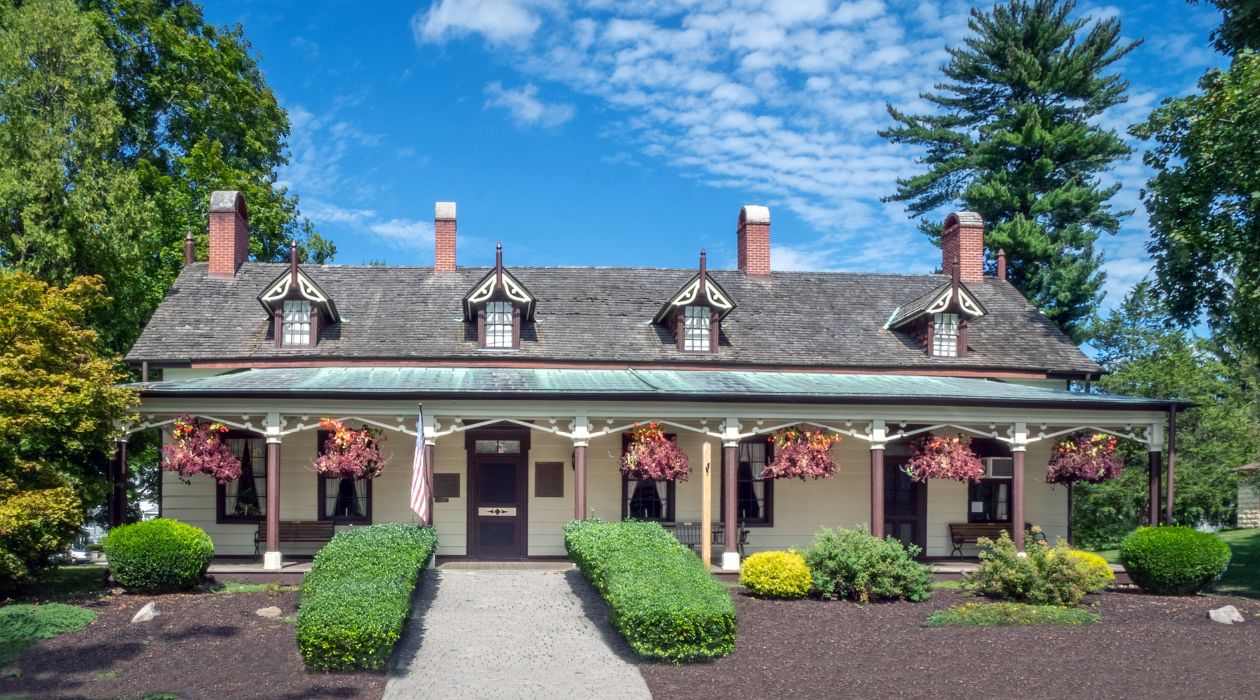
Built in 1741 by Dutch miller Adolphus Brouwer and his son Nicholas, the Mesier Homestead was sold in 1777 to Peter Mesier and was home to three generations of the Mesier family. Nowadays, the Wappingers Historical Society is the custodian of the historic homestead, and its museum features an extensive collection of artifacts and ephemera from throughout history. Visitors can learn details on the life of Daniel Nimham, the last Sachem of the indigenous Wappinger people and Revolutionary War hero who fought alongside the Continental Army and was killed at the Battle of Kingsbridge (the present site of Van Cortlandt Park in The Bronx) in 1778. Weekday visitors to the Mesier Homestead can reserve a private “Signature Experience” Tour. One Sunday each month, the homestead is open for public tours. Advance tickets are recommended and can be purchased online.
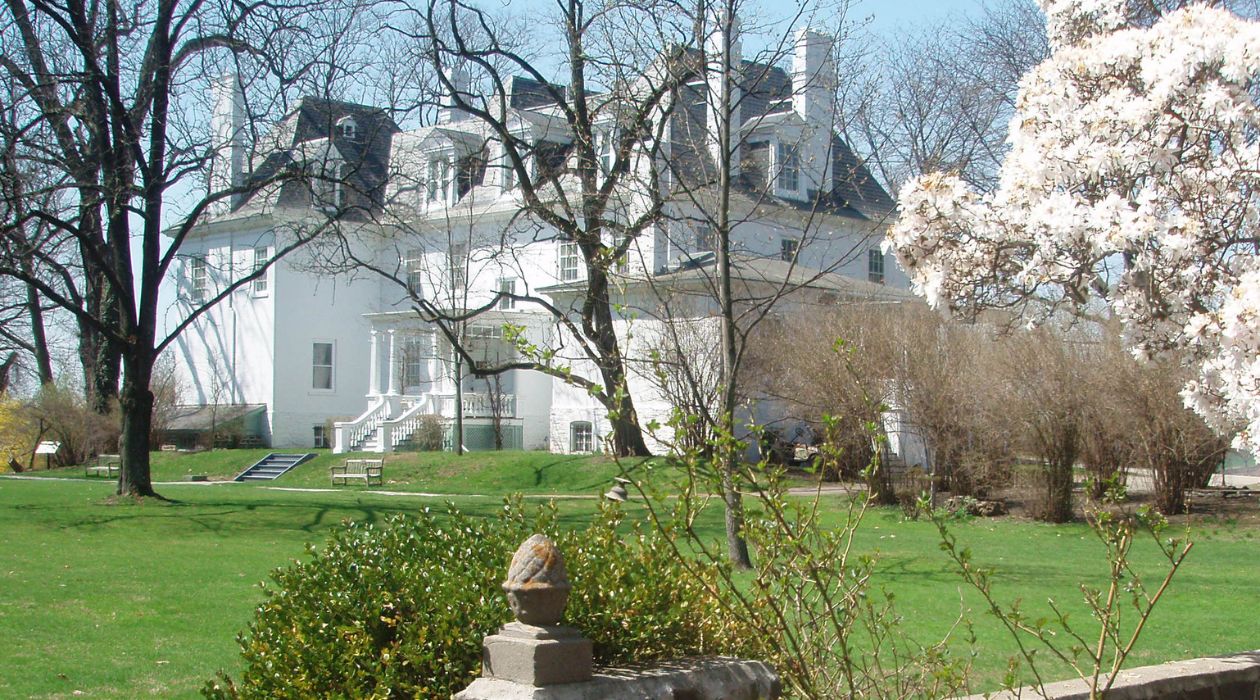
Built in the 1730s, Clermont Mansion was home to seven generations of the powerful and wealthy Livingston family. The original home was burned down in October of 1777 by British soldiers because of the family’s deep Patriot ties, and Margaret Beekman Livingston worked hard to have the home rebuilt. Margaret's husband, Judge Robert R. Livingston, had been a member of the Stamp Act Congress and had built the first gunpowder mill in New York. Her son, Henry Beekman Livingston, was colonel of the Fourth New York Regiment. Her oldest son, Chancellor Robert R. Livingston, was a member of the Continental Congress and helped draft the Declaration of Independence; he also had the distinct honor of giving the Presidential Oath of Office to George Washington in 1789. Seven generations of Livingstons as well as dozens of enslaved people and paid servants lived at Clermont. Today, Clermont is decorated as it appeared circa 1930 when it was home to Alice Delafield Clarkson Livingston, her daughters Honoria and Janet, and their staff of servants. Guided house tours and group tours are available year-round.
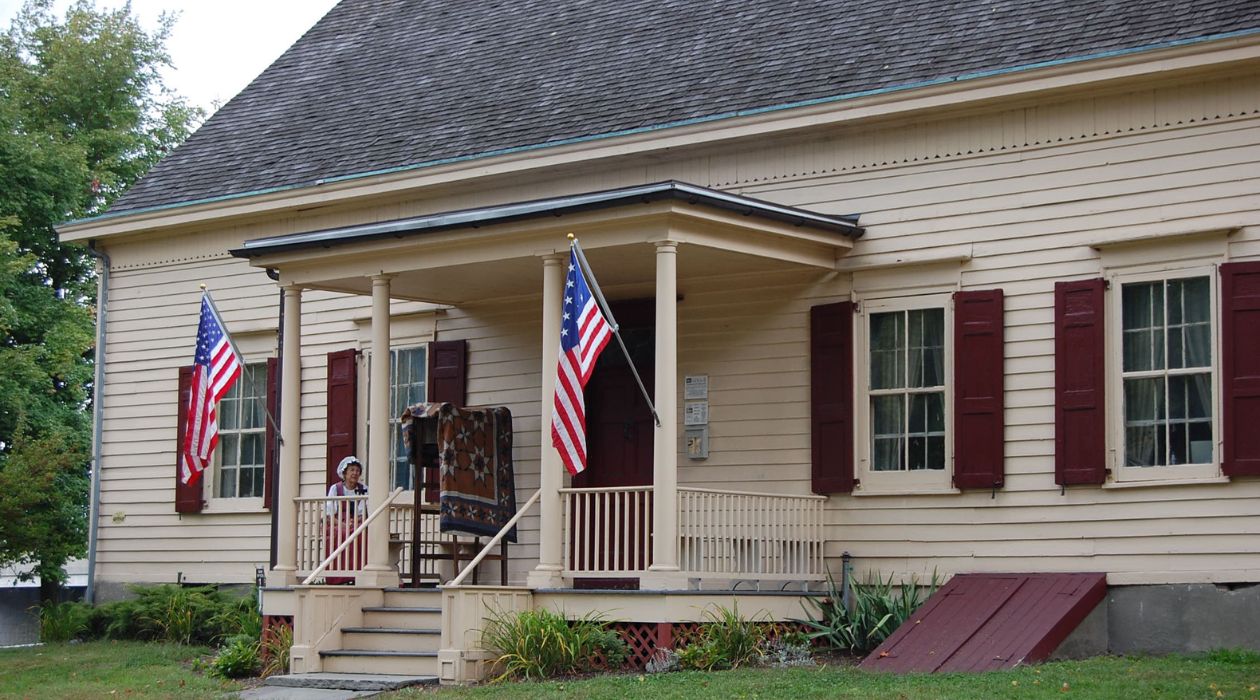
The Continental Army used Van Wyck Homestead, a colonial-era house built in 1732 by Cornelius and Hanna Van Wyck, as the officer’s headquarters for the Fishkill Supply Depot, a key strategic center visited repeatedly by General Washington. The depot, created by Washington in 1776, stored and distributed essential supplies throughout the Revolutionary War. In 1962, the Fishkill Historical Society was established as a way to save the then-abandoned Van Wyck Homestead from demolition to make way for a planned exit ramp off Interstate 84 onto Route 9. Visitors can learn about Fishkill's important role in the Revolution and see Colonial-era artifacts — including the homestead’s original open hearth and beehive bread oven. Guided tours are held Saturdays and Sundays from 1–4 p.m. from June through October.